Arleen Pare’s new book of poems, Earle Street (Talonbooks, 2020), has such a charming cover. The illustration is by Andrea Bennett who also designed the cover and interior of the book. Andrea got her BA in English and French from the University of Guelph. Of course they did! There’s always a connection to Guelph (where I used to live before moving west fifteen years ago).
There’s a whole world on a street when you think of the various ages, ethnicities, races, life experiences and so on. And there are memories on a street, of streets you used to live on as well as musings on the people you see pass by and the stories you hear about people who once lived there. “This Street is a World” is one of the sections of Arleen’s book along with other sections that see the street as a river, an arboretum, and a window.
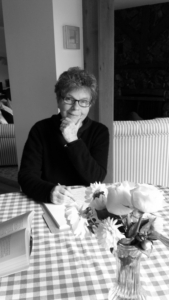 Arleen has written poems about trees (most important is the Katsura which she says is beautiful and sympathetic), the birds (with a “November Bird Count From Inside the House”), rats, a grey squirrel, an orange cat, the people, the naming of the street, memories of her own ancestors, and of her own past. All of these aspects, including the various forms used, make it a rich and intimate exploration of place as well as with oneself.
Arleen has written poems about trees (most important is the Katsura which she says is beautiful and sympathetic), the birds (with a “November Bird Count From Inside the House”), rats, a grey squirrel, an orange cat, the people, the naming of the street, memories of her own ancestors, and of her own past. All of these aspects, including the various forms used, make it a rich and intimate exploration of place as well as with oneself.
Earle Street is dedicated to Arleen’s “neighbours who are friendly and kind.” Earle Street, the actual street, is in Victoria, B.C. where Arleen lives with her wife Chris Fox.
“This Land is a Language” is a beautiful exploration of place and language. The street of which Arleen writes is on the “unceded territories” of “The Songhees and Esquimalt Nations the Lekwungen and WSANEC Peoples / to acknowledge this / the place where I am . . “
What does “unceded” mean? The speaker in the poem can’t find the word in her dictionary.
Unceded does not appear in the dictionary I use
language does not always keep pace
although it is implicated it is only a part
I pick apples in the backyard place blue boxes out on the verge
on this unceded street
this land does not belong to me
though I now live on this street . . .
And in “Where Rain,” the speaker, who has “moved east to west as does the sun,” says:
The land that I live on is stolen, unceded as stars,
as crows scrolling sky.
Settler, drifter, colonial fault.
Earle Street is named, we learn in “And Adam Named Every Street,” for “Thomas Earle, / grocer, wholesaler, pioneer, B.C. M.P.” Other Victoria streets were named after early settlers and there’s one street “called Quamichan, of the Coast Salish Peoples.”
In some of the poems, two women make an appearance such as in “Threshold”: “at the threshold between one woman and / another . . .”
The poet reflects on a past in which “my father’s father in County Antrim born out of wedlock / raised with the horses and sheep” in “This Street Is / Is Not a River.” Memories of ancestors mingle with what the street is and what it is not: “This street is not a flood of new ideas / not treeless nor full open to sky / not tolerant or intolerant altogether . . .”
There are memories of “my mother” and musing on uncertainty about “how neighbours perceive / the missing husband children too / the way we hold ourselves she and I like hinged gates . . . “
Tales are told on the street as they are on most streets such as in “Close Neighbours”: “Somebody said somebody poisoned somebody’s dog.”
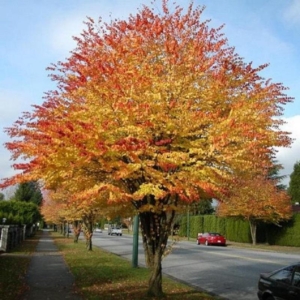 Haibun is one of the forms Arleen uses to write about “Katsura, tree of trees, you see me through my bedroom window.” Haibun combines haiku and prose and is a form that dates back to Matsuo Basho’s The Hut of the Phantom Dwelling (1690). Other Japanese poets best known for haibun are Yosa Buson, Yokoi Yayu and Kobayashi Issa. [The image is of the Katsura in the Fall.]
Haibun is one of the forms Arleen uses to write about “Katsura, tree of trees, you see me through my bedroom window.” Haibun combines haiku and prose and is a form that dates back to Matsuo Basho’s The Hut of the Phantom Dwelling (1690). Other Japanese poets best known for haibun are Yosa Buson, Yokoi Yayu and Kobayashi Issa. [The image is of the Katsura in the Fall.]
The haibun is “a model for the crossing of genres in contemporary poetry” as Edward Hirsch has written. Gary Snyder for instance and Jack Kerouac, Fred Wah and Sam Hamill who wrote Basho’s Ghost (1989) about his visit to Japan, are contemporary haibun writers. Nanaimo poet Kim Goldberg used the haibun form in her book Undetectable (Pig Squash Press, 2016).
The Katsura on Earle Street has been transplanted from somewhere else as has the poet.
You survive in this city on this
peopled street, grow year by year. How much you must miss the slopes of
Japan, snow monkeys, the packs of wild dogs.
From “(Romantic) Metaphor III: Venerable But Already Dead”
Two of Arleen’s novels are a crossing of genres in that they combine poetry and prose: Paper Trail (NeWest Press, 2007) which won the Victoria Butler Book Prize and Leaving Now (Caitlin Press, 2012). “Coming Out at the Bodhi” is a blog I wrote about my reading of Leaving Now which you can find here.
Arleen’s poetry collection, Lake of Two Mountains (Brick Books, 2014), won the Governor General’s Award. There she is with The Right Honourable David Johnston, in Ottawa, receiving her award.
The Girls with Stone Faces (Brick Books, 2017) is a poetry collection about the sculptors Florence Wyle and Frances Loring, a shared passion of Arleen’s and mine. You can read my review in the Vancouver Sun here.
Some of Arleen’s poems in Earle Street are “found” poems including “The Block Watch Co-Captain Emails Regarding More B and E’s.” In her notes, Arleen thanks a neighbour and “block watch co-captain for permission to use her emails to create a number of found poems.”
Arleen also acknowledges and thanks Victoria poet Terry Ann Carter who taught her “the elements of the haibun.” Each haibun in the book mentions the Katsura and its links to Japan, the country and its early poets. And Arleen thanks the poets from two writing groups she is part of for reading a number of the poems and offering “useful suggestions.” Writing groups are a wonderful way to inspire and encourage one another.
One of the haibun, “With Their Flicker-Fork Tongues Snakes Taste the Bright Bitter Air”, ends with the haiku:
two women together
alone
in the luminous house.
And so they continue to observe, explore, and create and on the part of the poet, experience a kind of restlessness as Victoria poet Eve Joseph said in her cover endorsement of Earle Street: “The relation between what is seen and what is known is never settled.”
If you’d like to see and hear Arleen read from Earle Street, here’s a link to her reading for Planet Earth Poetry (PEP) via Zoom on PEP’s You Tube channnel.

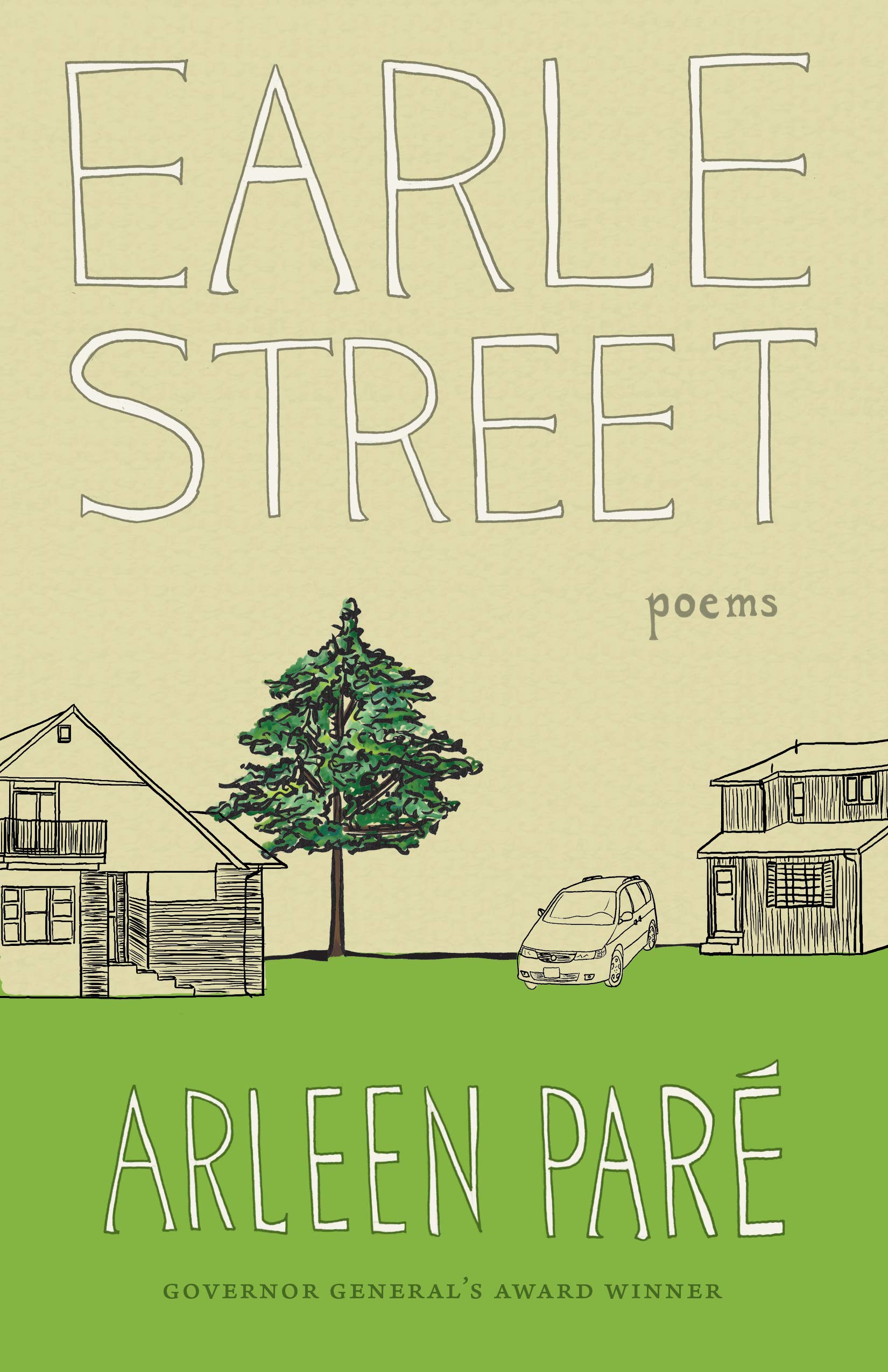
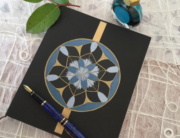

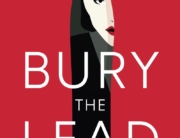
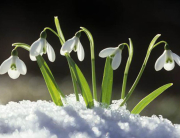
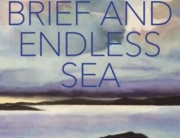
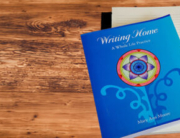


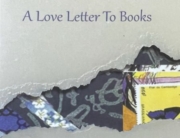
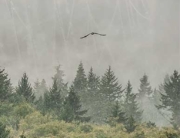
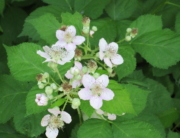
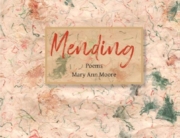
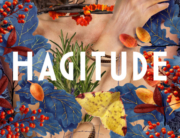
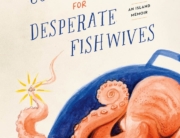

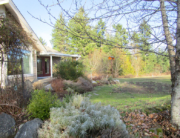
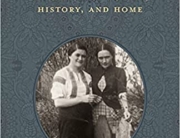
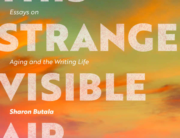
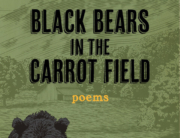
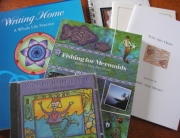
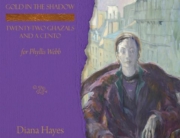
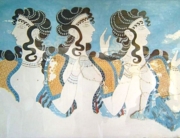

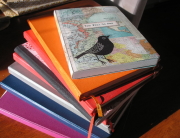
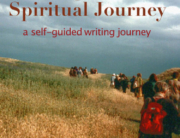
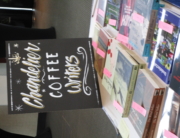
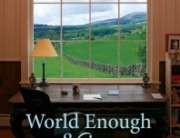

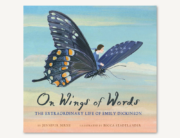

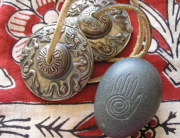
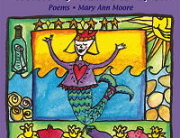
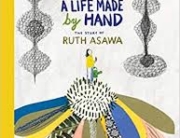
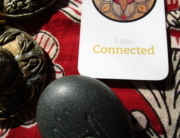
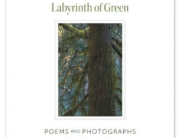

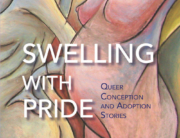
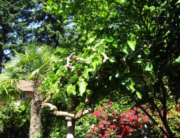
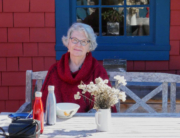
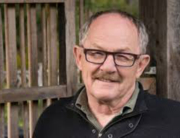
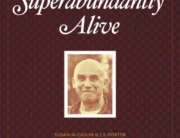
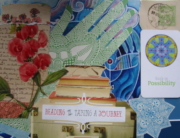
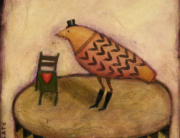
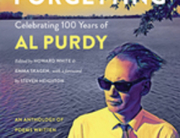
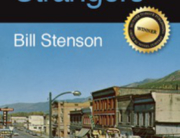
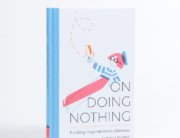
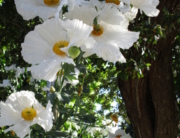
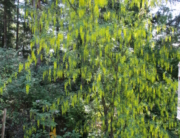
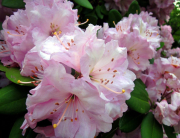
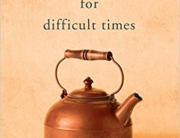
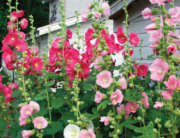
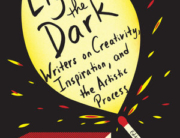
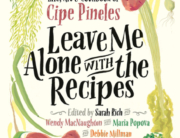
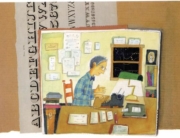
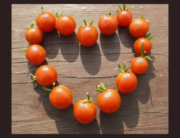
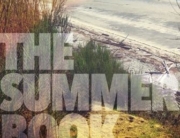
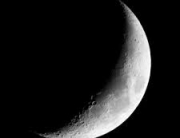
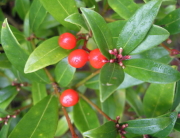
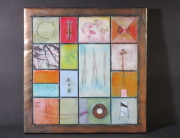

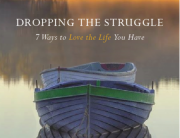

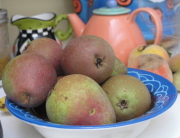
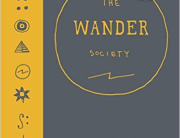
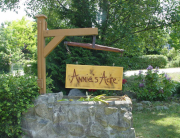
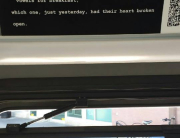
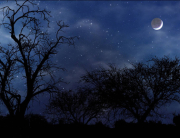
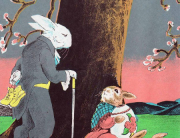
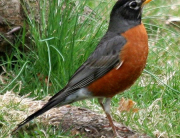

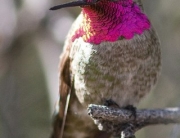



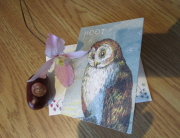
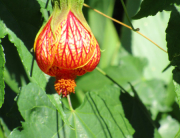
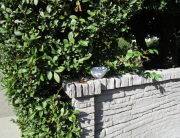
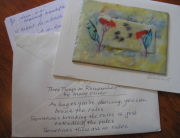

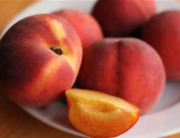
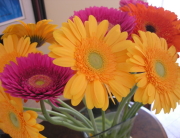

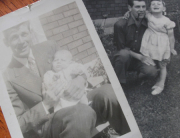
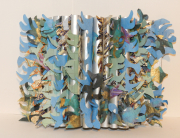


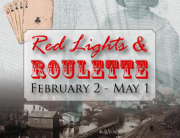
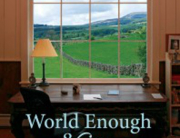
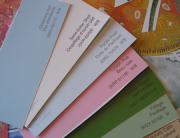
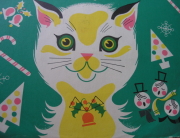
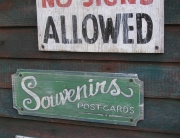

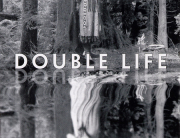

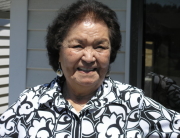
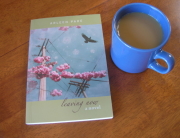
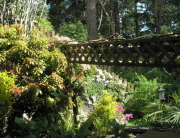
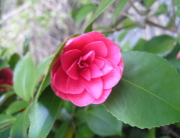

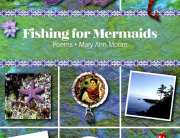
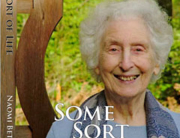
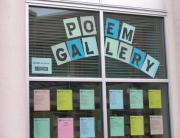
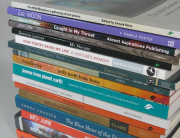

thank you so much, Mary Ann, fellow poet and friend, for your very thoughtful and comprehensive blog review. the cover is so appealing (thanks, Andrea!) that I am planning to order T-shirts! with the cover on the front!